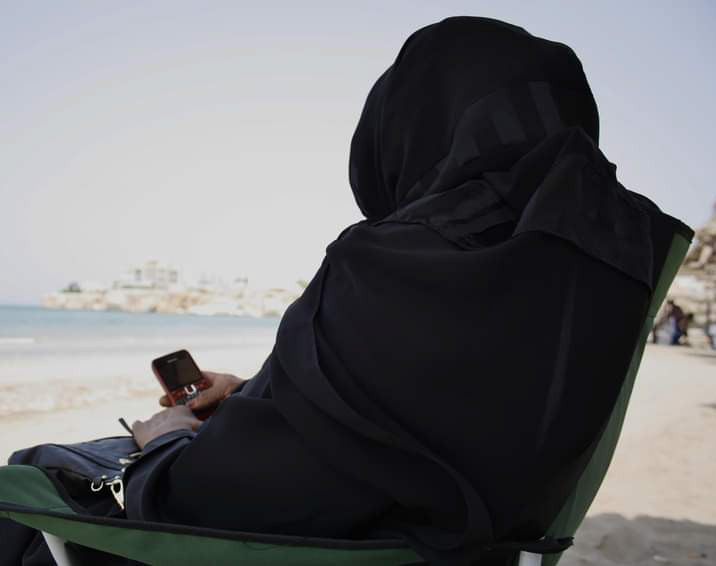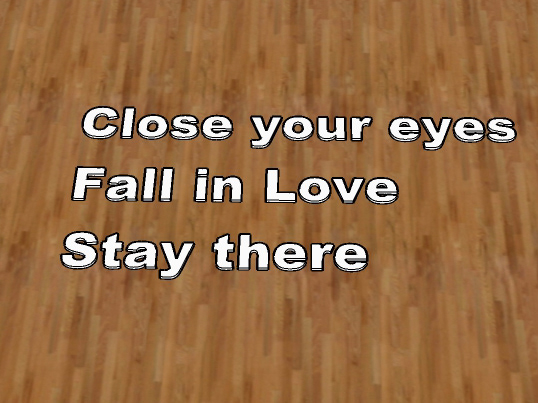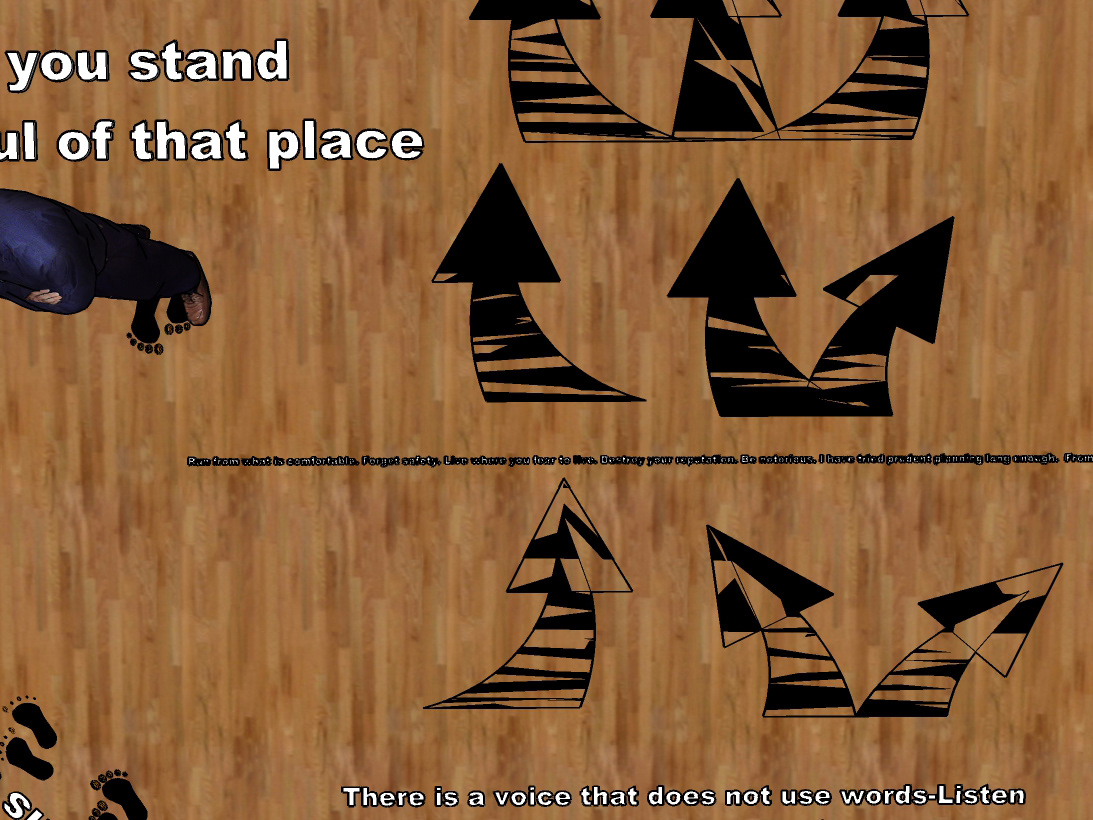Listen to Your Heart, Not to the Crowd
Feature Project (Saftey in Numbers?)
Artistic Statement
"The key difference between legislating and interpreting modes is that in the first, the objects speak for themselves (their authority lay in the belief that they are able to do so), whereas in the second, a prosthetic is required-a label, theme, or narrative facilitates meaning. In the museum, interpretation follows the object-the institution's educational and civic aims are carried out by arousing curiosity, by entertaining, and by promoting learning through its collected art and artifacts. As a result, the importance of how these collections are represented in- creases. Specifically, through display curators manage object meaning (its content, and its historical and cultural significance) and visitors' experiences. The increasing refinement of exhibition display in the museum reflects the influence of culture at large.’ Staging Meaning: Performance in the Modern Museum." Valerie Casey
This project (Listen to Your Heart, Not the Crowd) is rooted in the spiritual reflection and agency of the artist, the viewer and by extension the art institutions of museums and galleries. How many of the audience can identify the Rumi texts on the gallery floor, relate to them or are moved by them? How do the spiritual teachings of Rumi (Sufism) which call for quiet and mediative introspection (connecting with the invisible) change the audience perception of the art on the walls (connecting with the visible)? and how do these two become one shared experience that carries significance far beyond the art institution?
In my project, I invite the audience to an experience centred around connecting the visible with the invisible, the intimate with the public, the static with movement and ultimately, the individual with the many. I invite the audience to navigate around a space in response to some texts by the Sufi mystic 'Jalaldin Rumi'. These carefully selected texts are intended as instructions laid out directly onto the gallery/museum floor accompanied by arrows and foot markers and these two elements are the artwork's fundamental aspect. Its performative property lies in its desire to make the audience walk, pause, look, move around the space and experience it with another perspectives.
It also encourages the audience to pay greater attention not only to their own solitary experience of being in a gallery or a museum space but to the ‘Other’ who is in the room with them, invoking a shared moment of intimacy with others who might come from all walks of life and ethnicities. To be confronted with the responsibility of having to pay attention to the ‘other’ whilst navigating through life- through the gallery/museum and to think and contemplate on shared cultural experiences and how art presents a democratic language that could be inclusive of the ‘Other’. The work also looks at the shared cultural knowledge through representation and display.
*The animation video accompanying this text was made using SketchUp and it's a mock-up of what the space looks like with text instructions, arrows and foot markers. A digital screen is also present in this work and the audience is further invited to document their experience which serves to connect the audience performative response with the art institution. The audience is an integral part of the performative properties of this project.
. Mural by Gino Severini- On one side of the wall in the SketchUp animation. Ca Pesaro Venice.
. Mark Rothko Seagram paintings. On the other wall in the SketchUp animation. Tate Modern in London.
*My choice of text is intentional and is a fundamental piece of this work. I wanted to bring visibility to the 'Other' and in this case, the other can be me- an Eastern Artist conceiving work and living in western society. The 'Other' can also be any member of the audience in relation to art institution and similarly the 'Other' can be the art world in relation to the audience. It is drawing on everyday connections with what is external to us and bringing focus to the shifting social paradigms in the world today including that of the changing civic duties of art institutions and the inclusion of the performative agency of the audience in contrast with the traditional museum of yesteryears.


